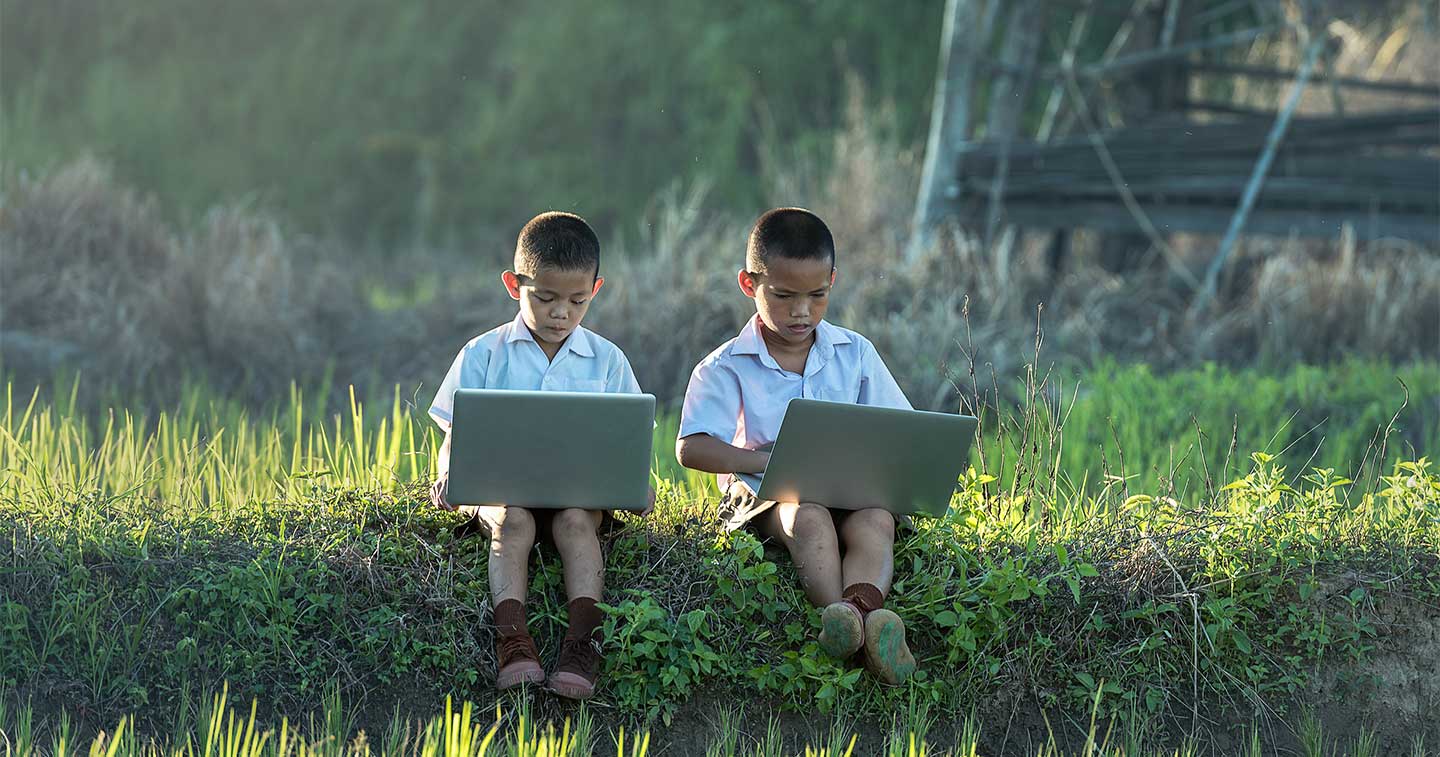MANILA, PHILIPPINES — Education is one of the sectors heavily impacted during the pandemic. With both students and educators ill-equipped to deal with the adjustments, they scrambled to adapt to online learning. Google Philippines’ Country Director, Bernadette Nacario, lays out how Google supported the shift to inclusive distance learning in the Philippines:
The COVID-19 pandemic presented a host of challenges to various sectors including education. The lockdowns forced teachers and students in the Philippines to adapt to distance learning. While this allowed students to continue learning without being in physical classrooms, the shift also came with its own difficulties, especially in countries like the Philippines with thousands of islands, many of which are struggling to get internet access.
Data from the Department of Education (DepEd) showed that more than 6.9 million students claimed to have unstable mobile and internet connections and lacked gadgets and equipment suitable for distance learning. With this, 8.8 million parents choose modular learning while 3.3 million choose online learning in 2020.
Teachers, too, carried the burden of distance learning. There are many stories of teachers printing thousands of pages of modules and then having to ride boats to isolated islands to deliver them, while others had to climb mountains to get decent signals for their online classes.
All to ensure Filipino students still get quality education even during a pandemic.
Promoting inclusive distance learning in a pandemic
Google supported the shift to inclusive distance learning in the Philippines through grants and programs including a USD 250,000 grant for printed modules and training through Google.org’s Distance Learning Fund and the national deployment of Google Workspace for Education, among others.
Through the grant, a capacity-building program was set in place to help educators deliver distance learning online, as well as through the production and distribution of printed modules supported by SMS and regular consultations.
This is in support of the country and Google’s mission of propagating inclusive education especially during a pandemic when more barriers–including the lack of suitable devices and a reliable internet connection–are present.
We believe that every student should have access to a learning environment that removes barriers, provides solutions to new challenges, and considers a variety of learning needs and preferences.
Growing role of EdTech
After more than a year of remote learning, DepEd reintroduced in-person classes for students but even this has changed because of the lessons we learned through distance learning.
Both educators and students are now presented with the opportunity to relook at teaching and learning. What is clear, though, is that the pandemic has undeniably accelerated Education Technology (EdTech) adoption in schools especially in regions and cities that have internet access.
In this new set-up, teachers and educators require two things: EdTech skills including how to issue and grade digital assignments, the right equipment, and software such as Google Classroom and Google Meet.
In Mandaluyong, over 2,000 teachers underwent training to gain mastery of EdTech tools including Google Workspace for Education. This enabled them to continue educating their nearly 60,000 students online, with confidence in using technology to improve both the teaching and learning experience. The training was able to equip teachers for digital learning and increased collaboration in order to prepare students for the classrooms and workspaces of tomorrow.
Chromebooks–affordable, simple yet powerful devices–were also added to the DepEd’s list of devices that can be provided or donated to public schools. This will go far in helping support hybrid learning and promote deeper collaboration between students and teachers.
Understanding that connectivity continues to be a challenge to many, Google Classroom allows students to work on their tasks offline. While downloading and submission of tasks still require internet connection, offline mode gives students the flexibility to work on their tasks even when faced with spotty connections.
This proves EdTech will continue to help drive the education sector. Teachers and students must embrace the new solutions that will arise, and the new ways of teaching and learning that these solutions will inspire.
Learning with YouTube
When over 400,000 private school teachers and employees lost their jobs during the pandemic, we thought that we could help through the best of our technology. To respond, we launched Creator Day: Education to train thousands of teachers and content creators to maximize YouTube not just for learning but for livelihood. We believe that if we teach them the right skills and share best practices, they can thrive on YouTube and monetize their channels while pursuing their passion in education. We’re glad to see the impact of this program, enabling the participants to grow their channels and subscribers. Those we supported include Teacherella Diaries, 21st Century Teacher, Teacher Franco, Math Teacher Ash, and Teacher Marie from across subjects like English, General Education, Tech and Effective Teaching Methods, among many others.
As learning never stops – even beyond the four walls of a classroom – we hope that thousands of viewers and students learned from these teachers and creators one video at a time.
Creating an inclusive and resilient education
Like distance learning during the pandemic, every school, teacher, and student may require different setups: some may need more offline options while others more online solutions. This means institutions must be flexible and support hybrid learning in all its forms. DepEd announced the return of face-to-face classes in February but unlike the pre-pandemic setup, physical classrooms will now include a combination of traditional classroom and digital learning.
There has never been a better time than now to reimagine learning. It is now time to take stock and reassess where we can improve in order to create a more resilient approach to education–one that is adaptable and not easily disrupted.
Our experiences during the pandemic have taught us that while there is no one surefire solution, there are many digital-physical combinations that will work. It is our shared hope that the country will continue to shape a resilient and inclusive learning that works for all students and teachers no matter the situation.









